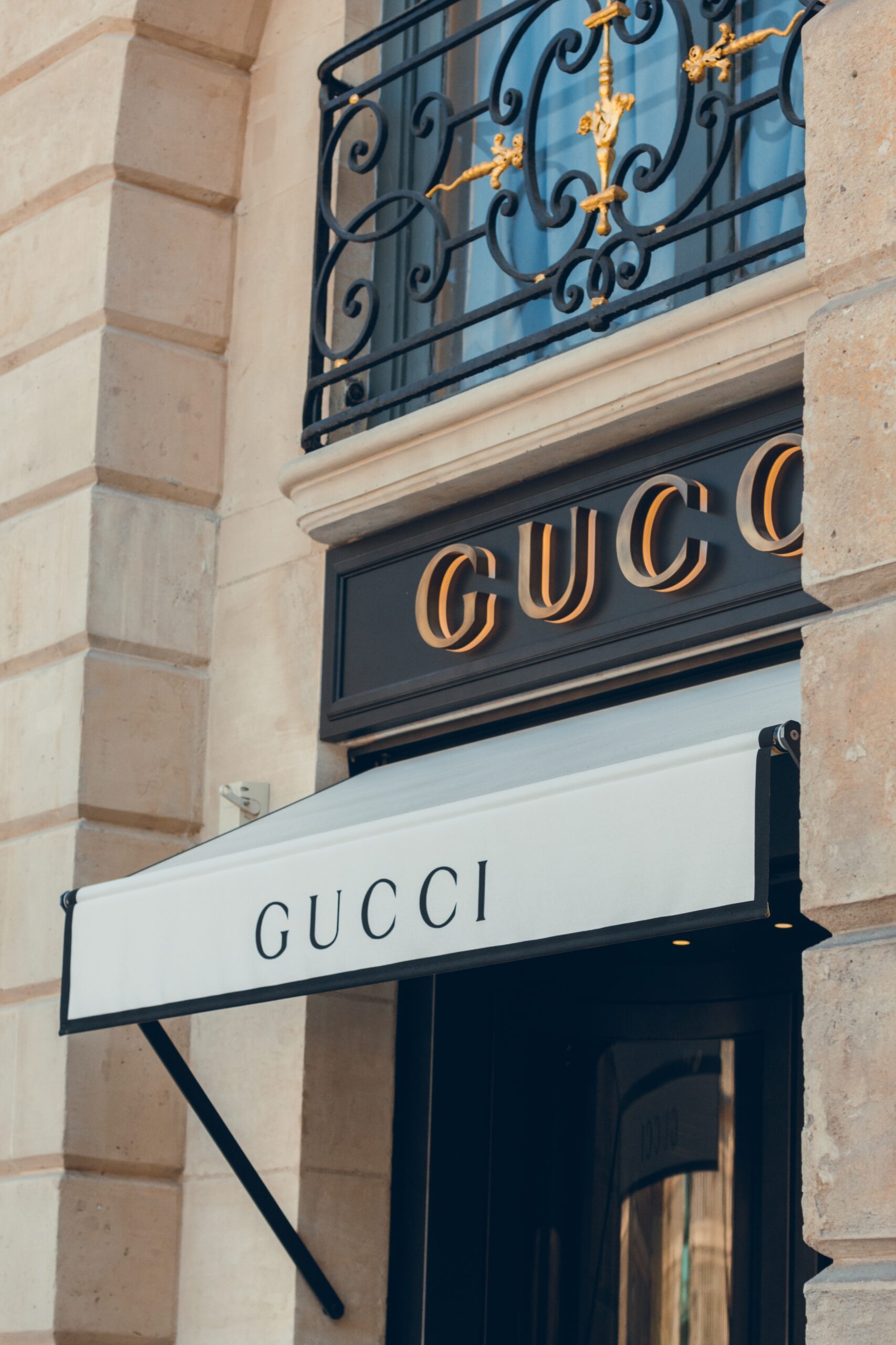By Kate King
Luxury retailers are spending big on their U.S. real estate, more evidence of the staying power of in-person shopping.
French jeweler Van Cleef & Arpels is opening a new Manhattan location on Madison Avenue. Chanel recently reopened its Beverly Hills flagship after more than doubling its footprint to 30,000 square feet. Gucci is expanding throughout the U.S., and now counts eight Texas locations and a boutique in downtown Detroit.
These operators are part of a wave of European and other high-end brands that are expanding more aggressively in the U.S. They are signing leases for bigger space, offering more food and drink, and venturing beyond their traditional high-street addresses into new markets.
Luxury retailers have leased 650,000 square feet of new space in the U.S. over the past 12 months, up from roughly 250,000 square feet the prior year, according to real-estate investment firm JLL.
Strong sales since the worst of the Covid-19 pandemic convinced luxury retailers of the importance of bricks-and-mortar stores and enabled them to open more locations, said C. Ebere Anokute, manager of retail research at JLL.
“Luxury was one of the first categories to see sales return to prepandemic levels,” Anokute said. “Real estate was a big part of their strategy when it came to continued growth and expansion.”
Retail real estate rebounded quickly from the height of the pandemic as people flocked back to stores. Most retail sectors have performed well in recent years, aside from low-end malls.
Luxury retailers have shone the brightest as wealthy Americans continued to spend despite high inflation and rising interest rates. Retail sales of luxury goods in the U.S. are expected to total $75.68 billion this year, according to market-research firm Statista as detailed in a recent JLL report, a nearly 9% increase from last year’s $69.51 billion.
Other national retail brands, from Barnes & Noble to
Macy’s, have opted for smaller footprints in recent years, choosing to display only parts of their collections in-store while selling many other items online.
Luxury stores, by contrast, sell a smaller percentage of their goods through e-commerce. Generally, affluent customers are less likely to buy a $15,000 watch without first trying it on in person.
North of Miami Beach, Fla., the owner of luxury shopping center Bal Harbour Shops has already fully leased a new $500 million wing that it hopes to open in late 2025. The expansion, which will add 40 stores, was motivated by demand from existing tenants for more space, said Carolyn Travis, head of marketing and media for Whitman Family Development.
High-end brands also need more room to display their growing collections, including cosmetics and children’s clothing.
“Trust me, I was not raised wearing Gucci or Hermès,” said Eric Le Goff, vice chairman and head of luxury for the brokerage Retail by Mona. “But the children’s category is growing like crazy.”
And while luxury retailers are less vulnerable to e-commerce than middle-market brands, they still need to draw customers into their stores to maintain market share and sales growth, said Luca Solca, senior research analyst, global luxury goods, at brokerage Bernstein.
Brands are spending big to add hospitality components such as cafes and bars, as well as penthouses. They are also hosting more lavish events and opening temporary stores in a bid to attract new customers.
“There’s been quite a significant escalation in the quality of these stores,” Solca said. “Physical stores need to be much more compelling, bigger, better, more entertaining.”
Luxury stores, as a result, are growing in size. Retailers signed leases for space averaging 5,000 square feet or larger over the past year, according to JLL, a 28% increase from the previous 12 months.
Some stores are much bigger. French luxury brand Hermès moved one block uptown in New York City last year, opening a new 20,500-square-foot flagship on Madison Avenue that spans four floors and includes makeup and perfume, menswear, homewares, equestrian gear, jewelry and leather.
Luxury retailers are also expanding beyond the traditional high streets, such as Michigan Avenue in Chicago, Rodeo Drive in Beverly Hills and Newbury Street in Boston. Retail occupancy in these longtime luxury-shopping destinations began falling in 2015 and has dropped significantly since the pandemic’s worst months, according to real estate services firm
CBRE.
Luxury retailers are also following their customers, opening in cities and states where the population has boomed in recent years.
“Places like Austin and Nashville, places like Florida have seen a huge influx of people,” said Andrew Goldberg, vice chairman at CBRE. “Those all became areas of growth.”
Unlike most other retailers, luxury brands have been less affected by the sizable decline in tourists and office workers that some cities, San Francisco in particular, have faced during the pandemic.
“Look at the price point of Rolex,” said Alex Sagues, a San Francisco-based broker with CBRE. “You don’t need to sell that many watches a day to have a successful store.”


